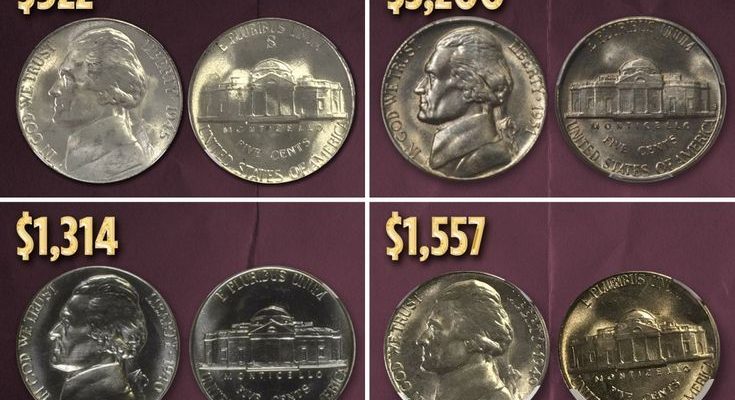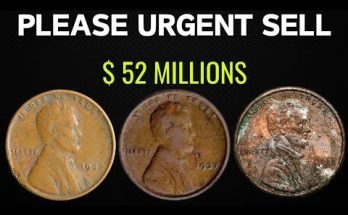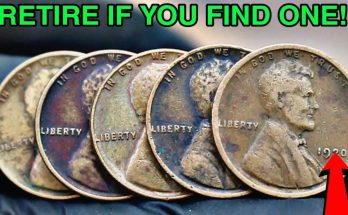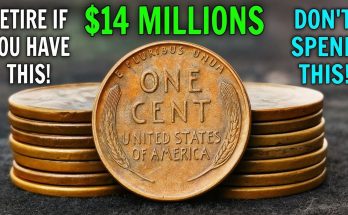Most valuable Jefferson nickels revealed worth up to $5,200 – see f you have one
The seemingly ordinary Jefferson nickel that has been in circulation since 1938 might be hiding a valuable secret. While most of these five-cent coins are only worth their face value, a select few are highly sought after by collectors, with some examples selling for thousands of dollars at auction. The key to unlocking this hidden value lies in a keen eye for specific dates, mint marks, and, most importantly, rare minting errors.
The value of a Jefferson nickel is not just about its age; it’s about what makes it unique. Minting mistakes, such as doubled dies, repunched mint marks, and overdates, are some of the most dramatic and valuable varieties. These errors, which occurred when the dies used to strike the coins were faulty, can create a noticeable doubling of letters, numbers, or even parts of the coin’s design. A prime example is the 1942-D “D Over Horizontal D” nickel, where the mint mark appears to be stamped twice, once horizontally and once correctly. Another famous error is the 1939 “Double Monticello,” where the word “MONTICELLO” and other inscriptions on the reverse are clearly doubled.
Beyond errors, certain key dates and low mintage coins are also worth a significant premium. For instance, the 1950-D Jefferson nickel is a standout due to its extremely low mintage, making high-grade examples particularly valuable. Furthermore, the “Full Steps” designation is a crucial factor for collectors. This refers to the clear, distinct steps visible on the front of Monticello on the reverse side of the coin. A coin with this feature, especially in a high-grade, uncirculated condition, can dramatically increase its value.
A special and often overlooked category is the “War Nickel” series from 1942 to 1945. These coins were minted with a composition of 35% silver to conserve nickel for the war effort. They are easily identified by a large mint mark (P, D, or S) located above the dome of Monticello on the reverse. While their silver content gives them an inherent value above five cents, certain rare varieties and errors within this series can be worth a considerable amount more.
So, before you spend that next nickel, take a moment to inspect it closely. A small magnifying glass can be your most valuable tool in this treasure hunt. Look for unusual details, check the mint mark, and examine the date. You might just discover that a small piece of pocket change is actually a rare numismatic treasure, with a value that far exceeds its humble denomination.



